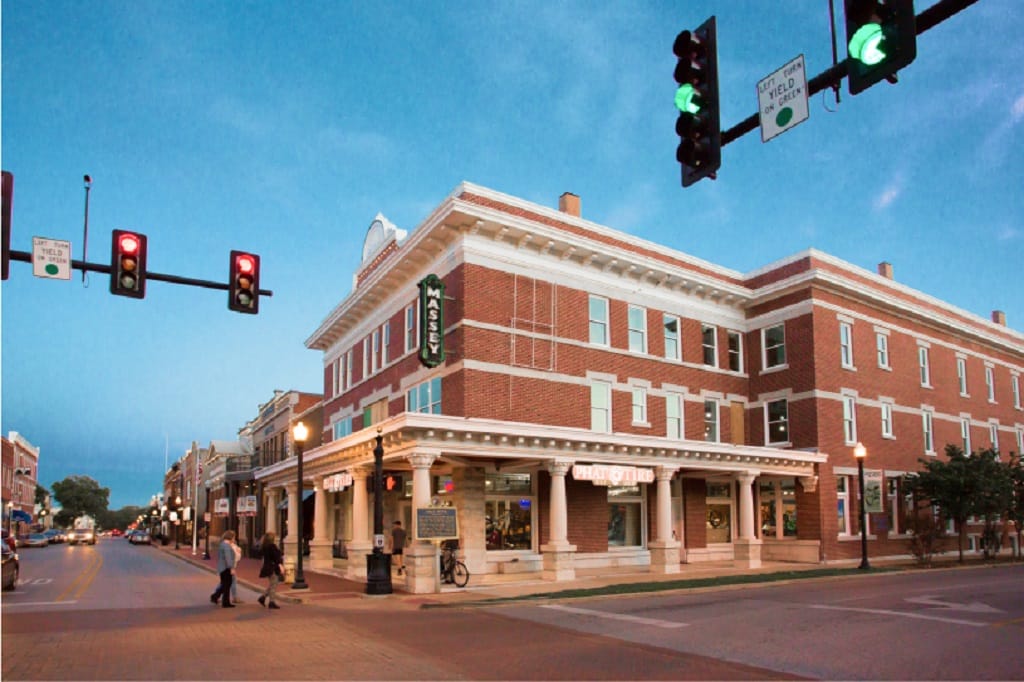Sustainability and Scalability are Crucial For State Broadband Projects, Say State Experts
Partnerships for broadband need to emphasize community engagement to improve connectivity
Benjamin Kahn

September 21, 2021—Public-private partnerships for broadband need to emphasize community engagement to improve connectivity in regions that need help, state broadband officials said Tuesday.
Speaking at a “Connecting the Heartland Conference Series,” BroadbandOhio CEO Peter Voderberg highlighted the state’s focus on ensuring student broadband connectivity. He highlighted the $50 million BroadbandOhio Connectivity Grant, for which more than 900 school districts have applied.
Funds could be allocated to subsidize the cost of internet for students without broadband, hotspot service plans, providing improved public Wi-Fi infrastructure, or otherwise improving existing connectivity, he said. Collaborative efforts between school districts and ISPs have been able to bring the overall cost of broadband down for consumers.
Voderberg also described a $250 million Ohio Residential Broadband Expansion Grant to bring internet to areas with connections slower that 25 Megabits per second (Mbps) download and 3 Mbps upload.
This program would subsidize private efforts by compensating ISPs for the difference between the cost of the project and the price it would take to make the effort profitable for them.
Illinois’ early efforts at broadband progress
Matt Schmit, director of the Illinois Broadband Office, pointed to “the three legs of the stool” for broadband expansion: Access, adoption, and utilization.
Illinois’ plans and programs were designed with this three-pronged approach in mind, he said, crediting Democratic Gov. J.B. Pritzker for establishing programs prioritizing broadband two years before the rest of the country is now doing.
Two key aspects of Illinois’ efforts are technology neutrality and a focus on scalability. “[We believe in focusing on] investing in an area and making sure that we have the kind of investment, service, and infrastructure that is going to serve [a] community well into the years ahead.”

In terms of prioritizing which communities and regions get service, Illinois considers any area with services less than 25 x 3 Mbps to be unserved, much like the federal government’s current broadband standard.
However, unlike the federal government, Illinois also has a category for what it considers to be underserved, which is any area below 100 x 20 mpbs. He called the state’s approach a compromise between advocates that have called for a broadband standard of 100 x 100 Mbps or even 1 Gigabit per second (Gbps). On the other hand, he said, are voices that argue against “future-proof” technologies, saying that gigabit speeds are gratuitous.
The most challenging aspect of providing service, however, is simply identifying which areas are served, underserved, or lacking coverage completely, he said.
“We don’t necessarily trust the maps that are out there—even our own,” he said, adding that mapping “is the start of the conversation, not the end of the conversation.”
It will only be through conversations with applicants, communities, and providers that enough data is collected to sufficiently serve the state, “We are investing in a community or investing in an area for the long term,” Schmit continued, “Because what we’re going to invest in is fully scalable for the needs, not only today, but for tomorrow.”
The event was hosted by National Urban League, agribusiness Land O’Lakes, Inc., and Heartland Forward, a think tank focused on rural economic development.










Member discussion